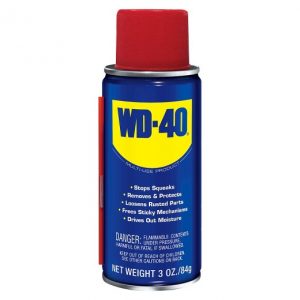Remove Embarrassing Underarm Stains


Stains occur when the aluminum in your antiperspirant or deodorant combines with the salt in your sweat. The stains are notoriously difficult to get rid of with normal washing in the laundry machine. We recommend doing a pre-test on a small area before trying.
Method #1
You will need:

- 3% hydrogen peroxide
- Dish soap
- Baking soda
- Toothbrush
Apply the ingredients directly to the shirt, use an old toothbrush to work them in for a minute, and then let the shirt sit for at least an hour before putting it in the washing machine.
Method #2
You will need:

- OxiClean
- Toothbrush
Fill up a sink with warm water and mix it with one scoop of OxiClean. Place your shirt in the sink, making sure the yellow stains are completely submerged. For mild stains, just let the shirt sit for an hour. For more stubborn stains, rub a thick mixture of OxiClean and water on the stain, and let the shirt sit overnight before putting it in the diluted mixture. After you’re done soaking the shirt, scrub the stain with the toothbrush, then rinse and launder as usual.
To prevent the stains in the first place, Degree deodorant says it helps to wear loose clothing, make sure your antiperspirant deodorant is dry before you get dressed and don’t use too much product.

















